Your Guide to Using Autumn’s Power: Simple Plant Charms for Focus & Protection
I’ve had my hands in the dirt for what feels like a lifetime, learning the quiet language of plants. It’s more than just knowing their names; it’s about understanding their stories and the way people have worked with them for generations. I’ve found that there’s a real, tangible wisdom in syncing up our own lives with the rhythm of the seasons.
In this article
And autumn? Oh yeah, autumn is special. It’s a season of gathering in, when the world around us pulls its energy inward to prepare for the quiet of winter. We can tap into that same energy, using the gifts of the season to help focus our own intentions on security, personal growth, and protection.
Let’s be clear, though. This isn’t about some hocus-pocus that will magically pay your rent. Think of this as a practical craft. We’re using beautiful, tangible things from the earth as tools for our own minds. When you hold an acorn, you’re holding the potential of a massive oak tree. That’s a powerful, physical reminder of your own potential, right? These are simply anchors for your own hard work and focus. So, let’s walk through how to gather, prepare, and use these amazing plant allies, all grounded in respect for nature.
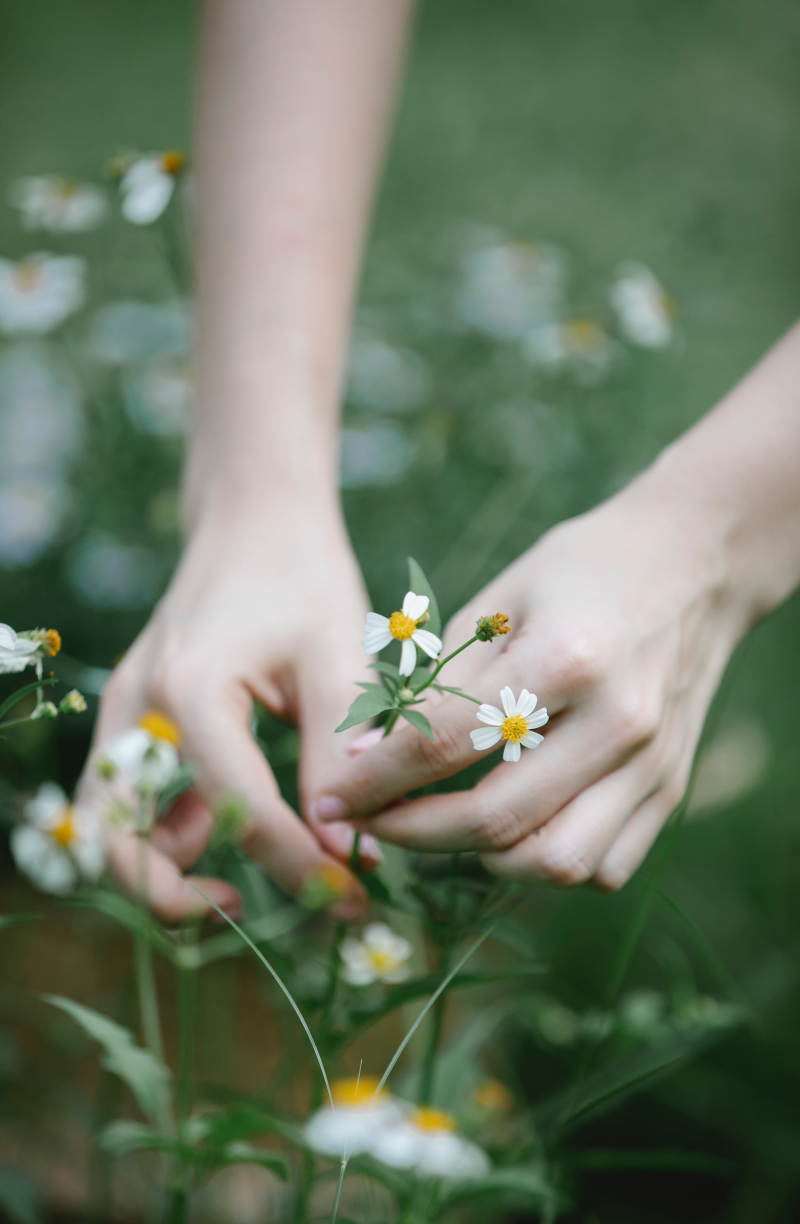
First Things First: The Rules of the Road
Before you even pick a single leaf, we need to talk about the groundwork. How you gather and prepare your materials is just as important as what you gather. Rushing these steps is a recipe for disappointment, so let’s get it right from the start.
Foraging with Respect
Working with wild plants is a partnership, not a raid. The golden rule is to always leave an area better than you found it. An old-timer once shared a simple guideline with me: the rule of thirds. Leave a third for wildlife, leave a third for the plant to keep on growing, and take no more than a third for yourself. If there isn’t enough to go around, you simply leave it all. It’s how we ensure these plant populations thrive for years to come.
Always get permission if you’re on private land. For public lands like parks, check the local rules—many places don’t allow foraging at all. And a huge heads-up: NEVER harvest from roadsides or near industrial areas. Those spots are often full of runoff, heavy metals, and other nasty stuff from vehicle exhaust. Plants soak that right up, and you definitely don’t want that energy in your home or in your pocket.
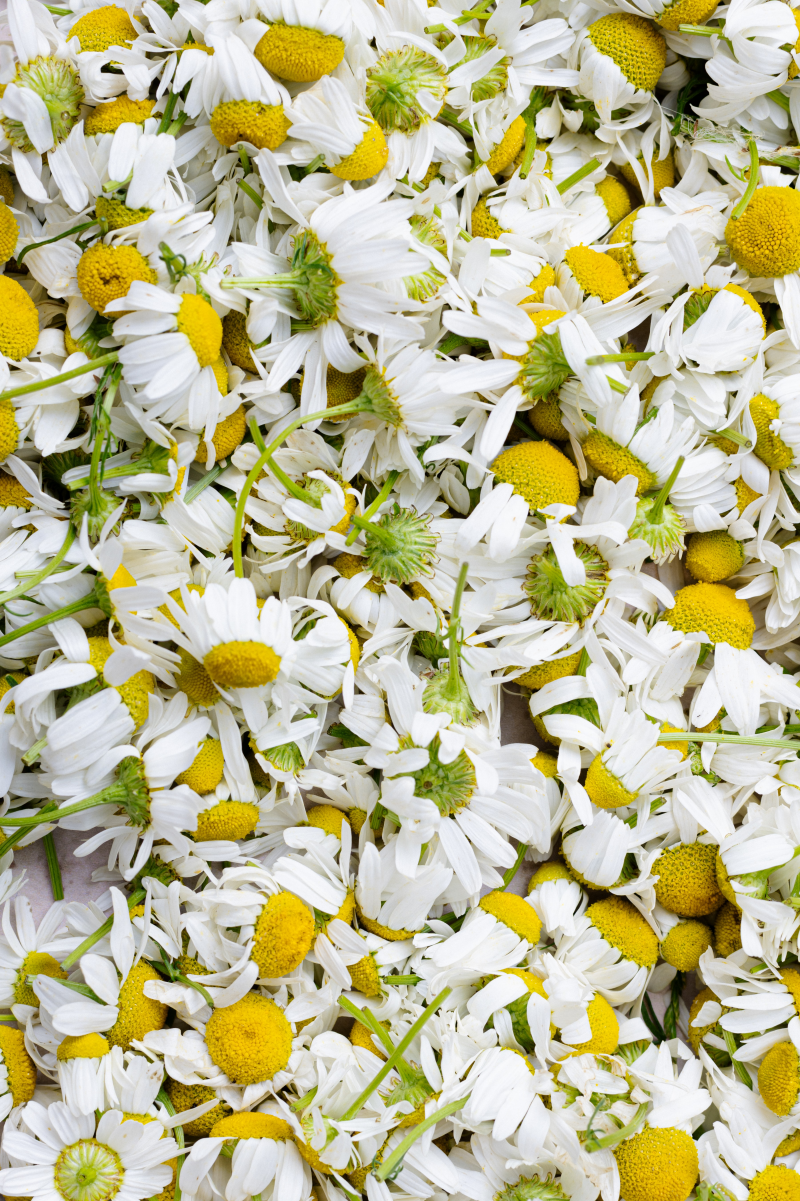
Knowing What You’re Picking: This is Non-Negotiable
Honestly, this is the most critical safety rule of all. You have to be 100% certain of a plant’s identity before you touch it. So many beneficial plants have toxic twins that can look surprisingly similar. My personal rule? I need to ID a plant by at least three different features—leaf shape, flower type, how it grows, its scent, etc.
I always cross-reference with at least two reliable field guides, preferably one with good color photos and another with detailed botanical drawings. While there are some cool ID apps out there, I only use them as a starting point, never the final word. When in doubt, leave it out. No charm is worth a trip to the hospital. If you’re just starting, stick to things you already know, like acorns and pinecones, or plants you grow yourself.
Drying and Preserving: Locking in the Goodness
Proper drying is what keeps your botanicals from turning into a moldy, sad mess. The goal is to get the moisture out while keeping as much of the plant’s color, scent, and character as possible.
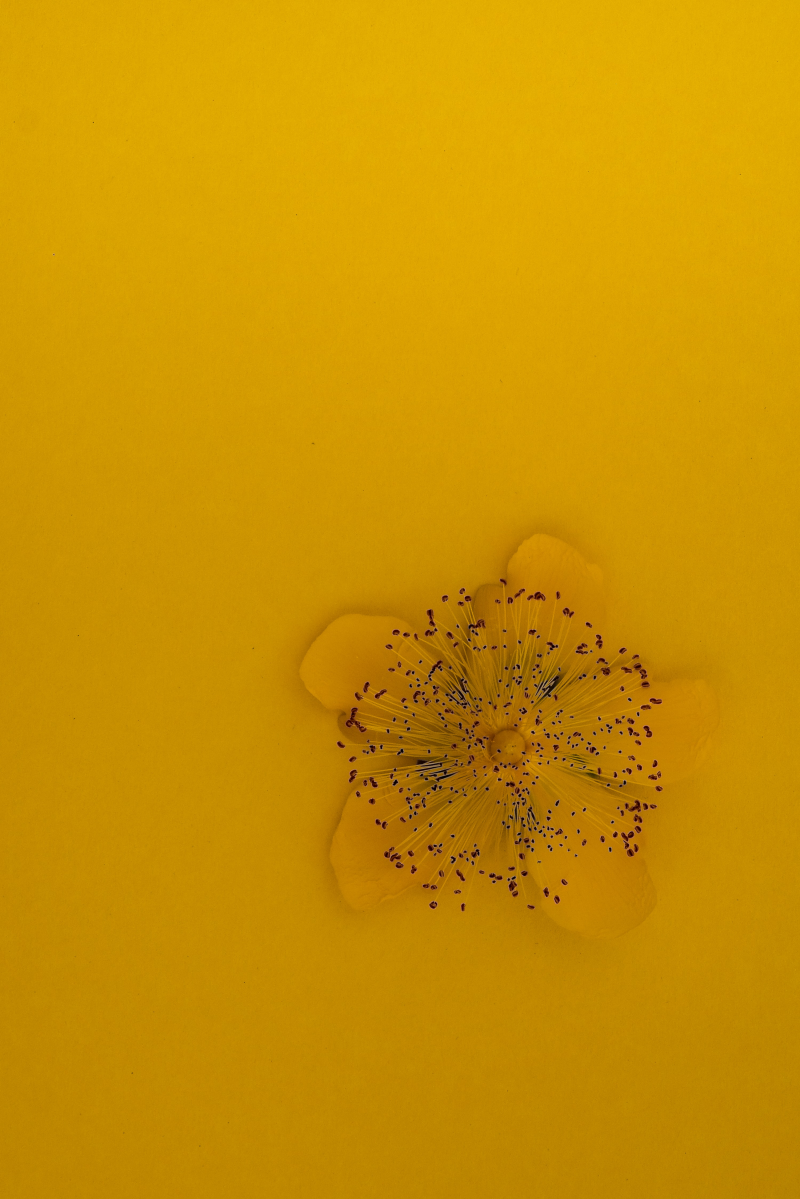
There are a couple of go-to methods:
- Air Drying: This is my favorite for most herbs and leafy stems. Just gather them into a small, loose bundle and tie the base with some natural twine. Hang it upside down in a dark, dry place with good air circulation—a spare closet, a dry attic, or a shed works beautifully. Keep it out of damp basements and away from sunny windows, as sunlight will just bleach the color right out. They should be ready in one to three weeks. You’ll know when the leaves feel brittle and crumble easily.
- Pressing: Perfect for single flowers or beautiful leaves. Grab a heavy book you don’t mind getting a little stained. Place your flowers or leaves between two sheets of absorbent paper (unbleached parchment or blotting paper works great), making sure they don’t overlap. Close the book, pile some more heavy books on top, and just be patient. Give it two to four weeks. If you peek too early, you risk tearing the delicate, half-dried botanicals.
Quick Tip: Common Drying Problems…
Ever had your herbs get moldy? I have! The culprit is almost always poor air circulation. The fix is simple: make your bundles smaller and hang them farther apart. If things are taking forever to dry, the room is probably too humid. Try moving them to a drier spot.
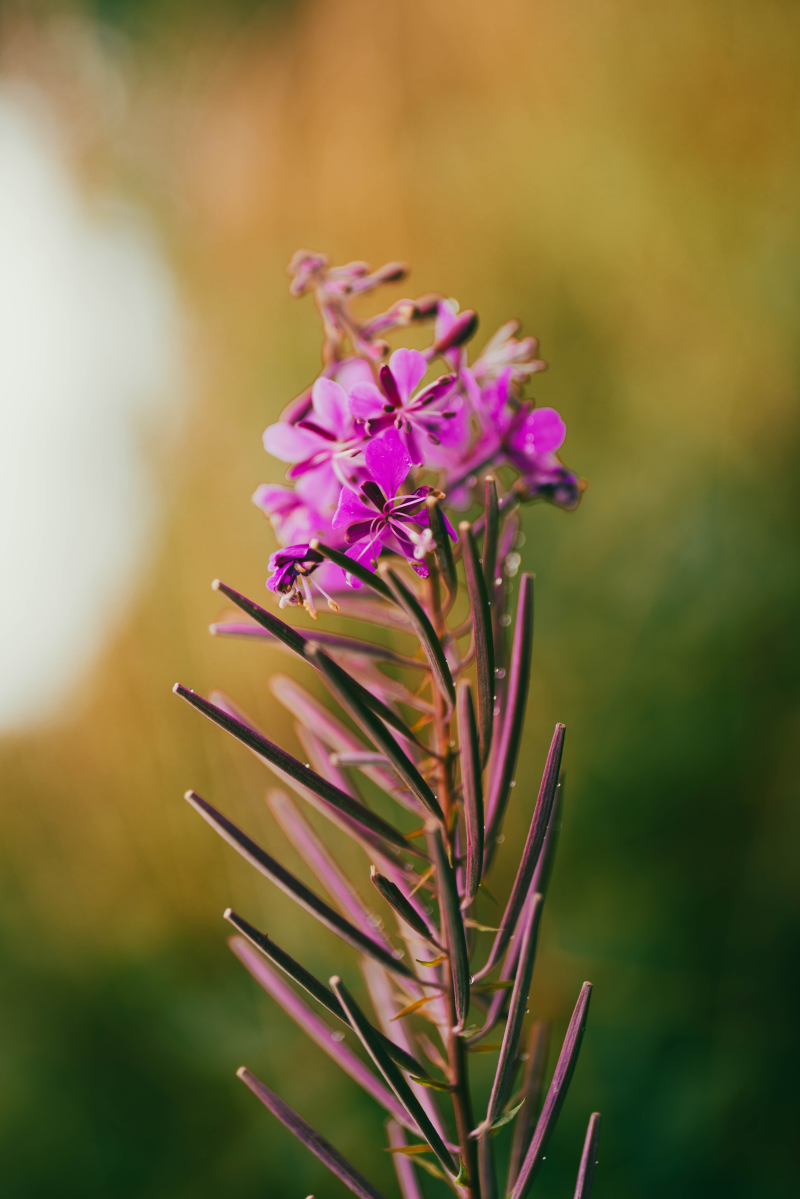
Your Autumn Plant Toolkit
Alright, let’s get to the fun part. Here are some of the most reliable and easy-to-find allies for this time of year.
Acorns: For Endurance and Big Potential
The oak tree is a powerhouse, a universal symbol of strength and endurance. The acorn, then, is pure potential. It’s the perfect reminder that incredible things can grow from small, patient beginnings. This is a great one to have around if you’re starting a business, a big project, or just need to stay the course.
Prep Work: Look for acorns in early or mid-autumn, especially after a windy day. Pick ones that are firm and whole. Skip any with tiny holes—that’s a sign of insect larvae. I learned this the hard way… I once stored a beautiful bowl of acorns on a shelf, only to find them full of tiny worms a few weeks later. Ugh. Now, I always heat-treat them. Just wash them, pat them dry, and bake them on a sheet at around 175°F (about 80°C) for 30 minutes. Let them cool completely. This little step ensures your acorns last for years with no buggy surprises.
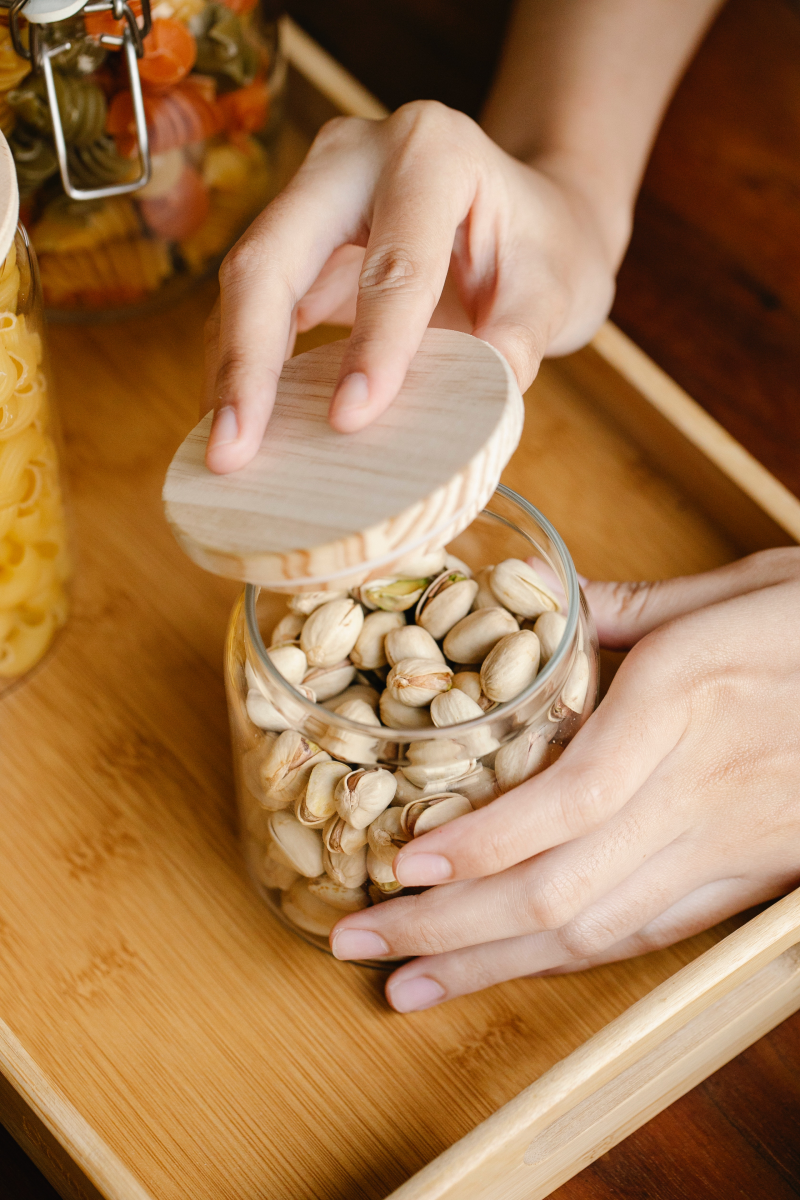
How to Use Them:
- Desk Power: Keep a small bowl with three or five acorns on your desk. When you feel overwhelmed, just pick one up and feel its solid weight. It’s a great physical cue to stay focused.
- The Wallet Acorn: An old folk tradition says to keep a single tiny acorn in your wallet to attract slow, steady, and strong financial growth—just like the oak tree itself.
Hazel: For Wisdom and a Spark of Inspiration
In traditional European folklore, hazel is deeply tied to wisdom and creativity. It’s my go-to when I’m feeling stuck on a problem and need a little flash of insight or a new way of looking at things.
Prep Work: The leaves are fantastic for this. You can spot a hazel tree by its heart-shaped, doubly-toothed leaves. Just pluck a few healthy ones and press them in a book. The nuts can also be used; just make sure they’re clean and dry.
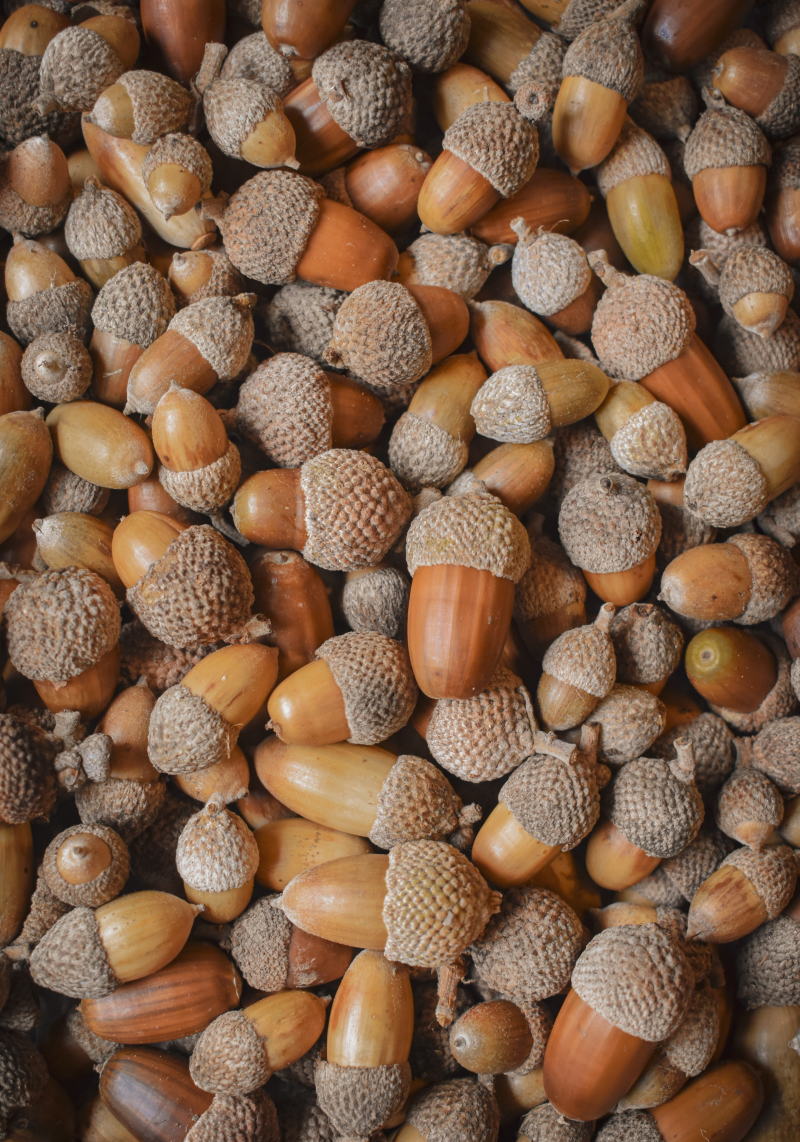
How to Use It:
- Inspiration Marker: Tuck a single pressed hazel leaf into the back of your journal or a book you’re reading for work. It’s a symbolic way to invite inspiration from the pages.
- Clear Communication Charm: Before a tough conversation, hold a smooth hazelnut in your pocket. The idea is to help you access your own inner wisdom and speak clearly and calmly.
St. John’s Wort: For Resilience and a Protective Shield
This plant, with its sunny yellow flowers, has a long history of being used to protect the home and ward off negativity. It was seen as bringing light into dark places, both literally and emotionally. Modern science has even studied its active compounds for their effects on mood, which is a fascinating case of science catching up with folklore.
!!! SERIOUS SAFETY WARNING !!!
Okay, listen up. Of all the plants here, this one requires the most caution. Do NOT, under any circumstances, ingest this plant without talking to a qualified doctor or clinical herbalist. It has very serious, documented interactions with a long list of medications, including antidepressants, birth control pills, and blood thinners. It can also make your skin extremely sensitive to the sun. For our purposes, we are ONLY using the dried plant externally in sealed charms where it cannot be absorbed, ingested, or even touch the skin directly. Your safety is paramount.
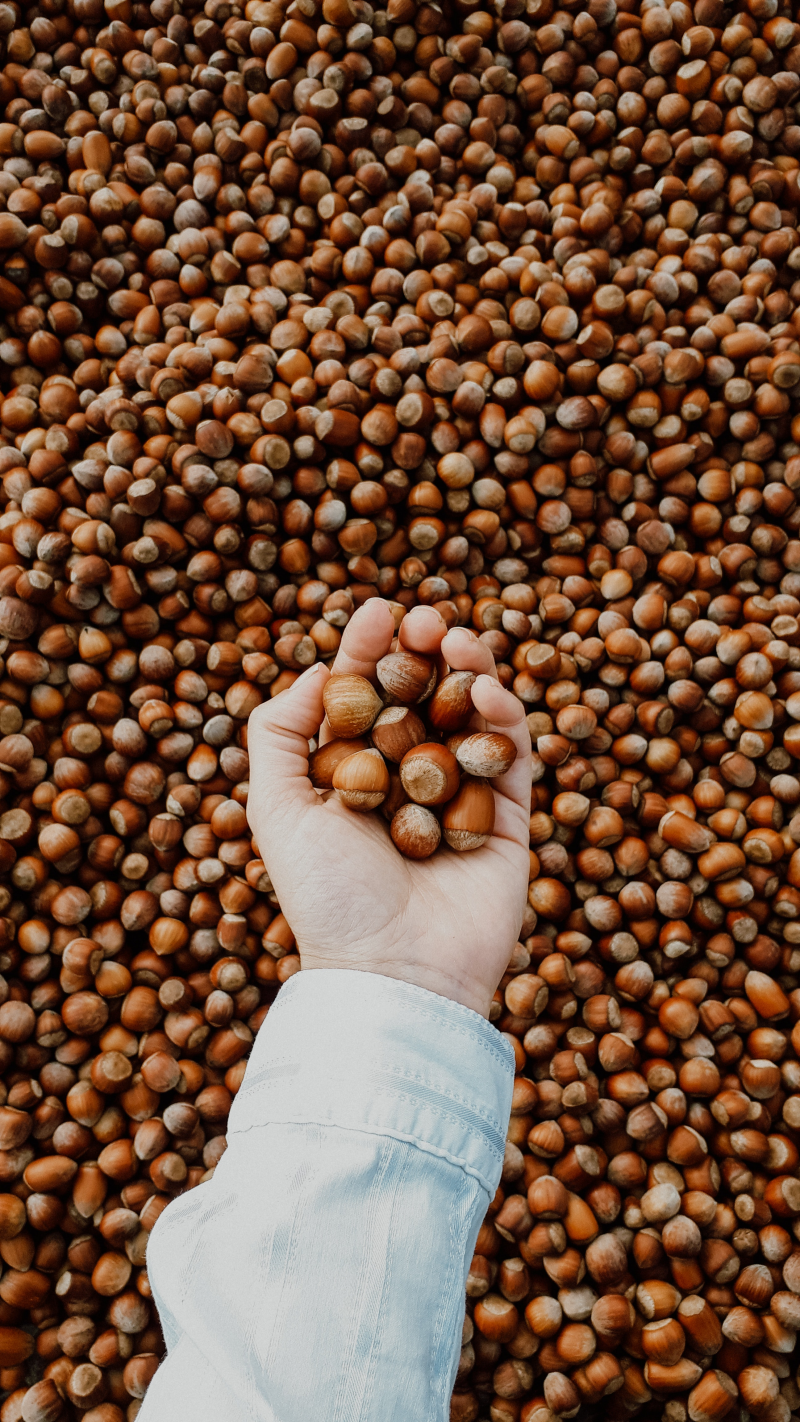
Prep Work: You can identify it by its five-petaled yellow flowers and a key feature in the leaves: hold one up to the light, and you’ll see tiny translucent dots, as if it’s been perforated. Harvest the flowering tops and hang them in bundles to dry.
How to Use It:
- The Protective Sachet: Crumble the dried flowers and leaves into a small, sealed pouch of dark cloth. Tuck it in your car’s glove box or hang it discreetly by your front door as a symbolic shield against outside stress.
Chamomile: For Calm and Gentle Gains
We all know chamomile tea is calming, but in folk traditions, it’s also known for attracting prosperity. Its energy isn’t about big, risky wins; it’s about attracting a steady, gentle income and helping you stay calm about financial matters. That soothing, apple-like scent alone is a huge help.
Prep Work: I really recommend growing your own. It’s easy to grow in a pot on a windowsill and gives you a clean source. Snip the little daisy-like flower heads and spread them on a screen to air dry for a week or two until they feel papery.
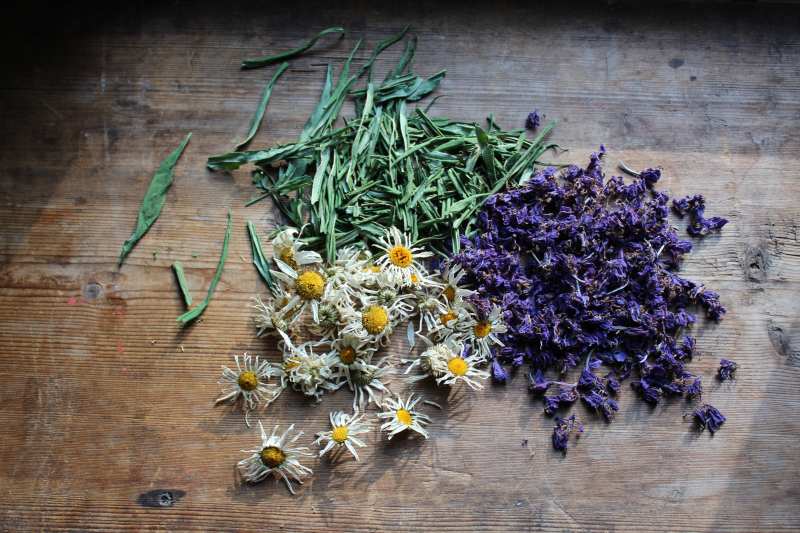
How to Use It:
- Wallet Sachet: Put a pinch of dried chamomile flowers in a tiny muslin bag and tuck it in your wallet. The goal is to create a calm, positive feeling every time you deal with your money.
Pistachio Shells & Other Kitchen Finds: Modern, Accessible Magic
You don’t always have to go foraging in the woods! Some of the best tools are right in your kitchen.
- Pistachio Shells: Their hardness and the way they split perfectly in half make them an amazing symbol for protection and shielding. Just save the shells from unsalted pistachios, wash them, and let them dry. Placing a few in a dish on your desk can be a powerful symbol for protecting your energy and ideas.
- Pinecones: They represent protection (when closed) and opening up to new possibilities (when open). Plus, they are everywhere in the fall. A single pinecone on a windowsill is simple and beautiful.
- Pumpkin Seeds: Straight from your Halloween pumpkin! They are symbols of abundance, prosperity, and the harvest. Just wash and dry them, and you can add them to any sachet for a boost of abundance.
No Yard? No Problem! Sourcing Your Herbs
Living in an apartment shouldn’t stop you. You can buy high-quality dried herbs from many places. Look for online apothecaries, specialty herb shops, or even reputable sellers on Etsy. My advice is to look for shops that specify where their herbs come from and whether they’re organic or ethically wild-harvested. A small 1-ounce bag of dried herbs typically costs between $4 and $8 and will last you a very long time.
Putting It All Together: Making a Simple Charm Sachet
This is the most classic way to create a personal charm. The act of making it is part of the process—it’s how you infuse the object with your intention.
Your Shopping List:
- A small piece of natural fabric like cotton or linen (a 4×8 inch piece is perfect; you can find remnants at a craft store for $1-$2).
- Some natural twine or thread (a whole roll is usually $3-$5).
- Your chosen dried plants and objects. All in, you can easily make one of these for under $10!
Assembly:
- Fold the fabric in half to make a 4×4 inch square.
- Hand-sew two of the open sides to form a little pouch. A simple running stitch is all you need.
- Turn the pouch inside-out to hide the seams.
- Now, take a moment. Hold the empty pouch and think about your goal. Are you seeking calm? Focus? Protection? Get that intention clear in your mind.
- One by one, add your ingredients. As you place each one inside, think about its job (e.g., “Acorn, for endurance,” “Chamomile, for calm.”).
- Once it’s filled, gather the top and tie it shut with your twine. As you tie three secure knots, state your intention one last time.
Your sachet is ready! You can place it in a desk drawer, carry it in a pocket, or keep it in your car.
Feeling Overwhelmed? Your 30-Second Charm
No time for all this? I get it. Grab a single bay leaf from your spice rack—a classic symbol of success and victory. Write a keyword for your goal on it (like “Focus” or “Hired”), and slip it into your wallet or phone case. Boom. You’ve started.
When the Work is Done: Respectful Disposal
What do you do with a charm when you feel its purpose is fulfilled or its energy has faded? Please don’t just toss it in the trash. These are items from the earth, and it’s best to return them there. Open the sachet, thank the plants for their help, and scatter the contents in your garden, a park, or bury them in the soil. The cloth bag can be washed and reused.
Final Thoughts
Working with plants this way is a slow, quiet, and deeply personal practice. It connects you to the cycles of the earth and reminds you that you’re part of something bigger. Remember, these charms aren’t outside sources of power. They are mirrors. They are physical tools designed to reflect and amplify the focus, dedication, and hard work you’re already putting into your life. The real magic happens when you slow down, engage your senses, and use these natural allies to center your own mind on your goals.
Disclaimer: The information in this article is for educational and folkloric purposes only. It is not a substitute for professional medical, financial, or legal advice. Please consult a qualified professional for any health concerns or serious issues. And always be 100% certain of plant identification before harvesting.










